
New PPE standard for safety footwear – the 7 most important changes
Everything you need to know about
EN ISO 20345:2021
There are many characteristics unique to safety footwear when compared to other PPE. The introduction of new materials and production technologies, as well as changes in the focus of the industry and manufacturing itself, however, have rendered certain footwear safety standards obsolete.
We have collated all the key information so that you and your workplace are best placed to prepare for the transition.
What does the new EN 20345:2021 cover?
The new EN ISO 20345:2021 standard for safety footwear sets out basic and additional (optional) requirements relating to safety and occupational footwear used for general purposes. For example, this standard includes:
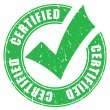
- protection from mechanical and thermal risks
- slip resistance
- ergonomic behaviour
- requirements for safety/occupational footwear fitted with customised insocks
Because of the interaction with clothing, for example when footwear is covered by clothing or by dirt or mud, the standard does not cover the function of high visibility.
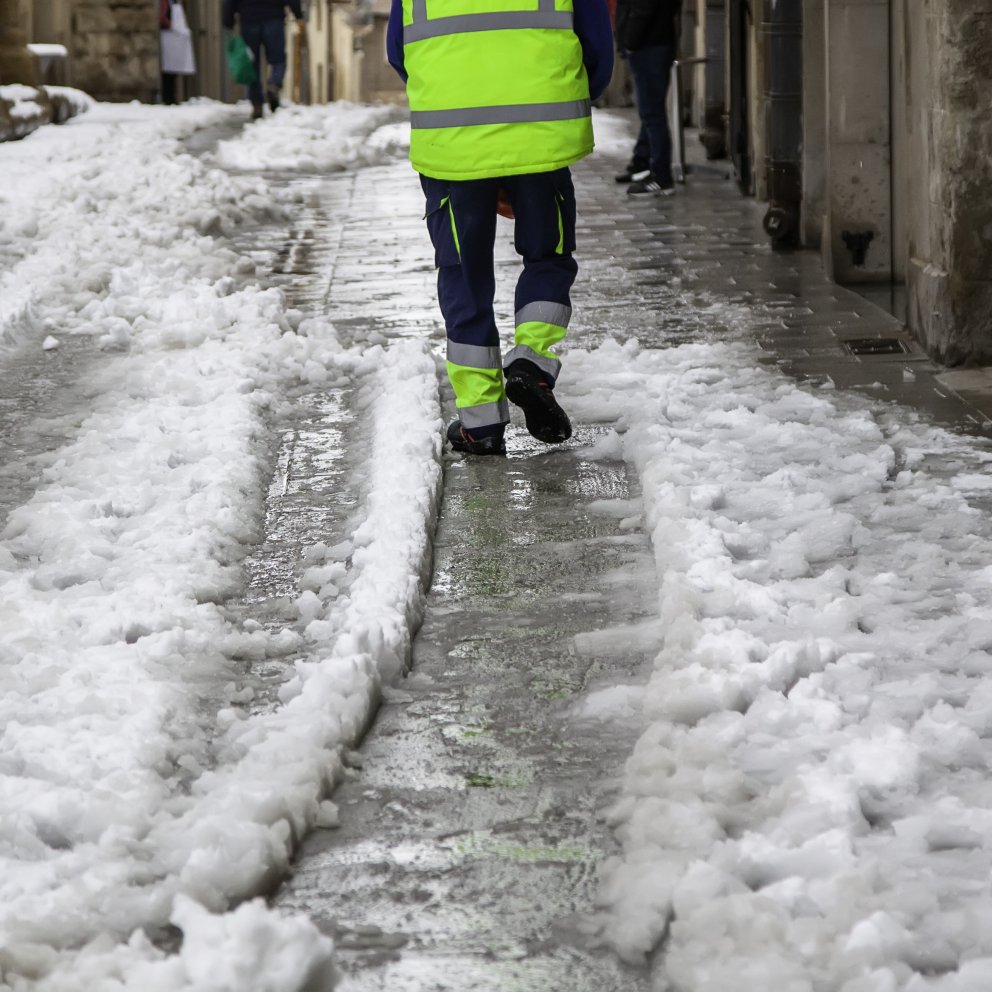
Find out more about winter boots
Read our “Winter work shoes” article to find out everything you need to know about choosing the right winter work boots for your workforce.
What are the most important changes?
1. “P” perforation protection classification extended to include “PL” and “PS” codes
The “P” classification code in the previous version indicated that the safety footwear protected against perforation, regardless of the material used for it.
The new standard makes a distinction between metallic and non-metallic perforation protection.
| P | Perforation resistance | Steel perforation protection, test nail diameter 4.5 mm |
| PL | Large perforation resistance | Non-metallic perforation protection, test nail diameter 4.5 mm |
| PS | Small perforation resistance | Non-metallic perforation protection, test nail diameter 3 mm |
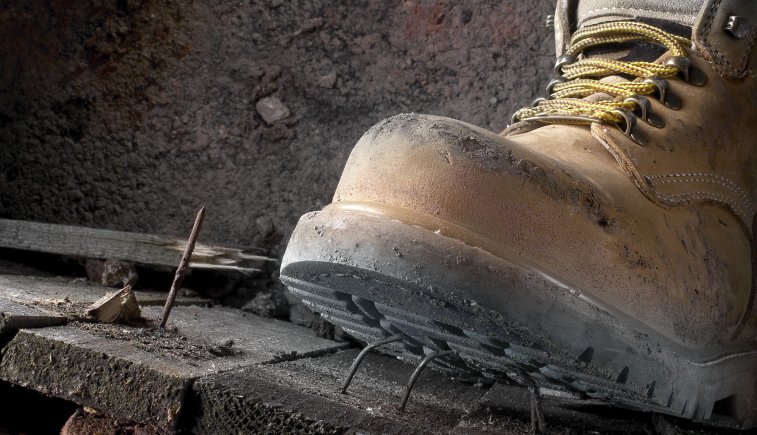
2. Revised slip resistance requirements
The markings “SRA”, “SRB” and “SRC” have been removed and replaced with “SR” and “Ø”.
The standard slip resistance test – similar to the original “SRA” test method – consisting of a test on a ceramic tile with an aqueous solution remains part of the certification process.
“SR” is a higher level of slip resistance. Shoes with the “SR” marking perform excellently on slippery wet surfaces, when the sole is tested on a ceramic tile with glycerine.
3. Two new levels of protection: S6 and S7
The SB, S1, S2, S3, S4 and S5 safety protection levels, which define the level of protection provided by safety footwear, have been joined by two additional levels of protection for footwear water resistance:
- S6 has the same protection requirements as S2, but with additional water resistance (WR) requirements.
- S7 corresponds to S3, but also has additional water resistance (WR) requirements.

4. Water resistance and waterproofing: WRU replaced by WPA
The WRU (water-resistant upper) classification code has been replaced by WPA, which describes water penetration and absorption. If a shoe has the new WPA code, this means that the entire upper material of the shoe is resistant to water.
5. Optional FO requirement
FO – a classification code concerned with a shoe’s resistance to petrol, oil, etc. It is no longer a mandatory requirement for the S1 and S5 categories.
6. New SC scuff cap abrasion requirement
In testing under the new standard, the cap must not exhibit any damage throughout its entire thickness before 8,000 cycles of the abrasion test have been carried out.
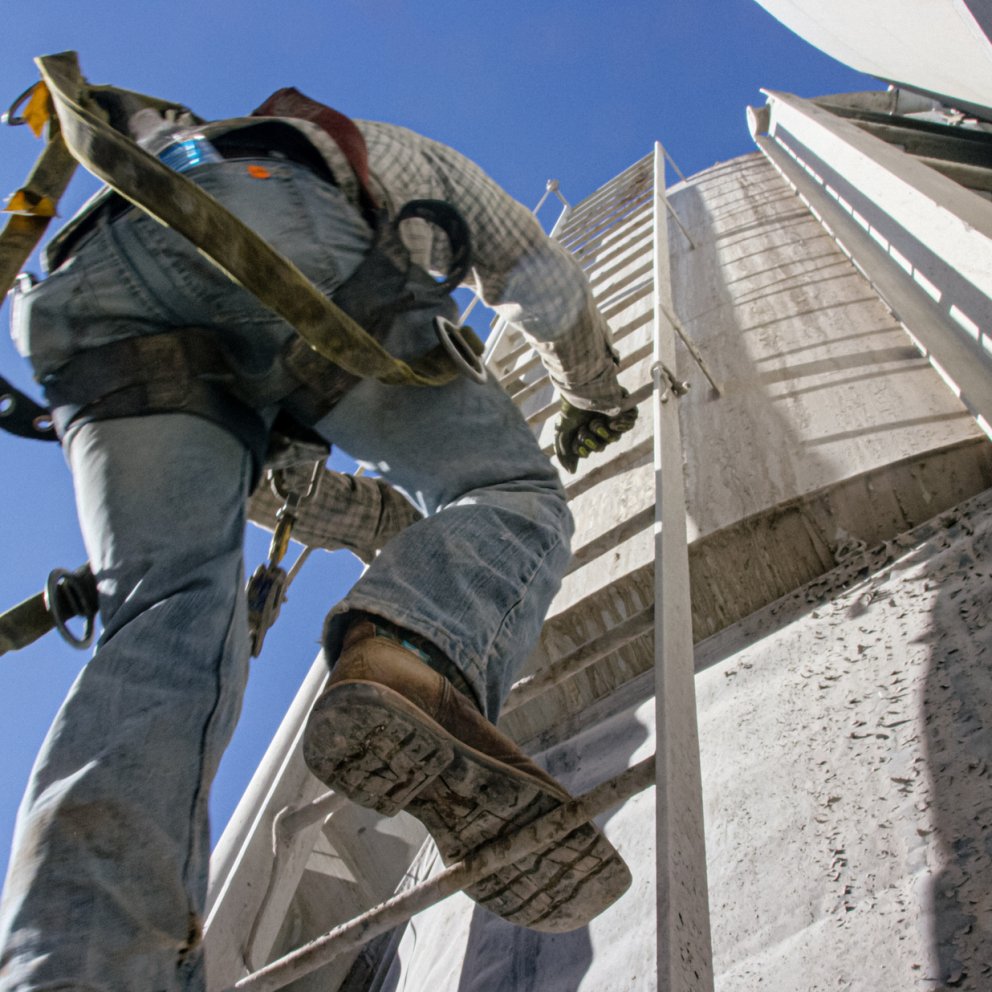
New additional safety footwear requirements under EN ISO 20345:2021
- A new ladder grip (LG) test requirement has been added.
- Special risks are covered by other work standards (e.g. footwear for firefighters, electrical insulating footwear, protection against chainsaw injury, protection against chemical and molten metal splash, protection for motorcycle riders).
Applicability of the new standard and transition period
Old standards remain applicable to safety footwear which is already on the market and for which certification is still valid. A safety footwear certificate is valid for 5 years.
For example, if a shoe is certified according to old standards on February 1st 2022, it will be compliant with all safety requirements until February 1st 2027.
Safety footwear marketed after March 30th 2023 will be tested according to the new standards.

Need guidance on choosing the right work boots?
Our specialists will be glad to help you. Contact us!
I would like to consult a PPE specialist
Continue reading
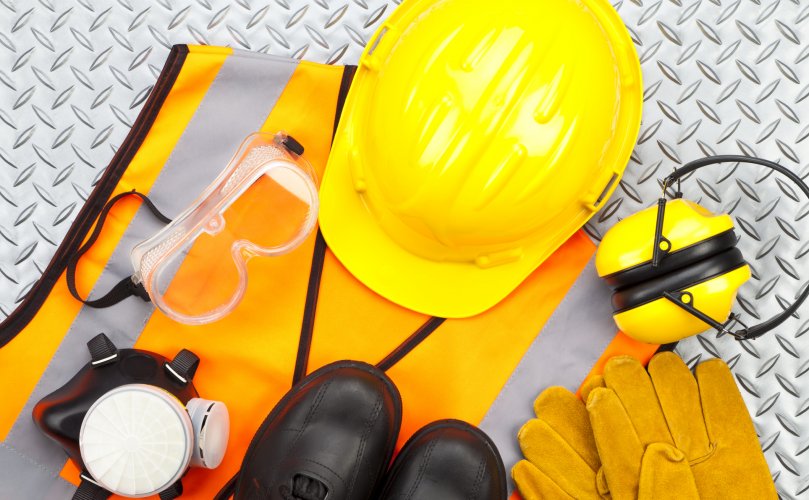
Your PPE guide: Protective workwear
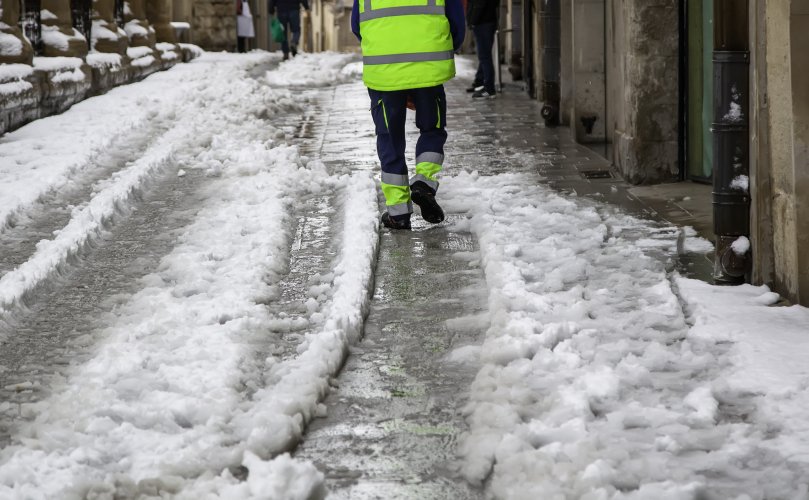
Winter work shoes

